- Replies 42
- Views 8.4k
- Created
- Last Reply
Top Posters In This Topic
-
 ColoradoColt 17 posts
ColoradoColt 17 posts -
 IBMobile 5 posts
IBMobile 5 posts -
 Mopar1973Man 4 posts
Mopar1973Man 4 posts -
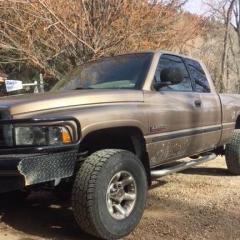 01cummins4ever 4 posts
01cummins4ever 4 posts
Most Popular Posts
-
I had already ordered a new pump which should be here today, but I looked up fuel boss pumps and this is the message I keep finding....”Note on Fuel Boss availability: At this time we do not have an E
-
Assassin on my truck.... no problems with it or the install
-
Well I wish I would have done it a long long time ago!!! No more surging. Thanks guys


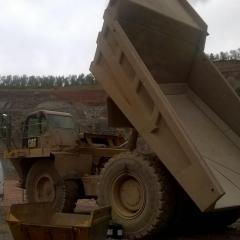
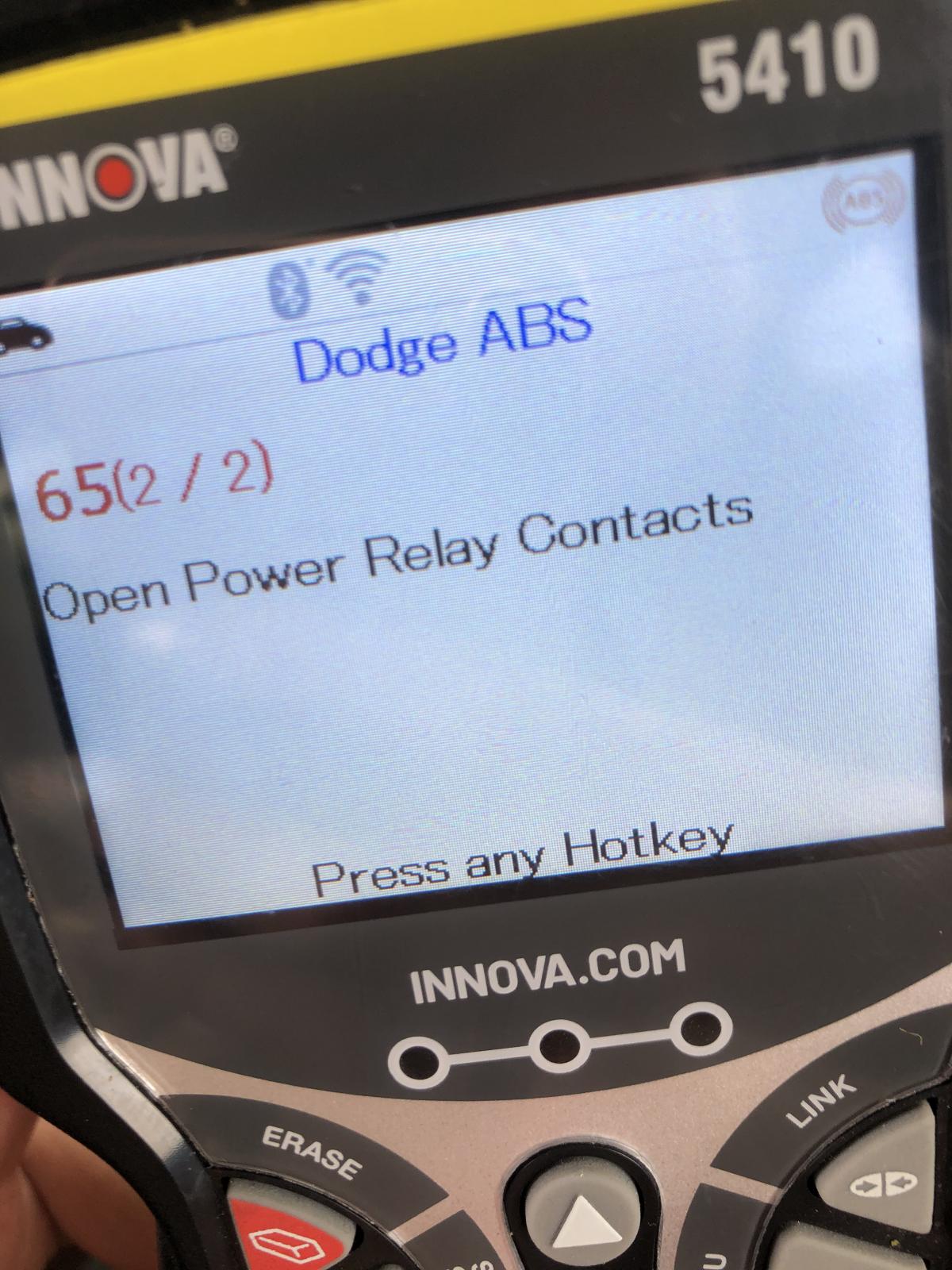
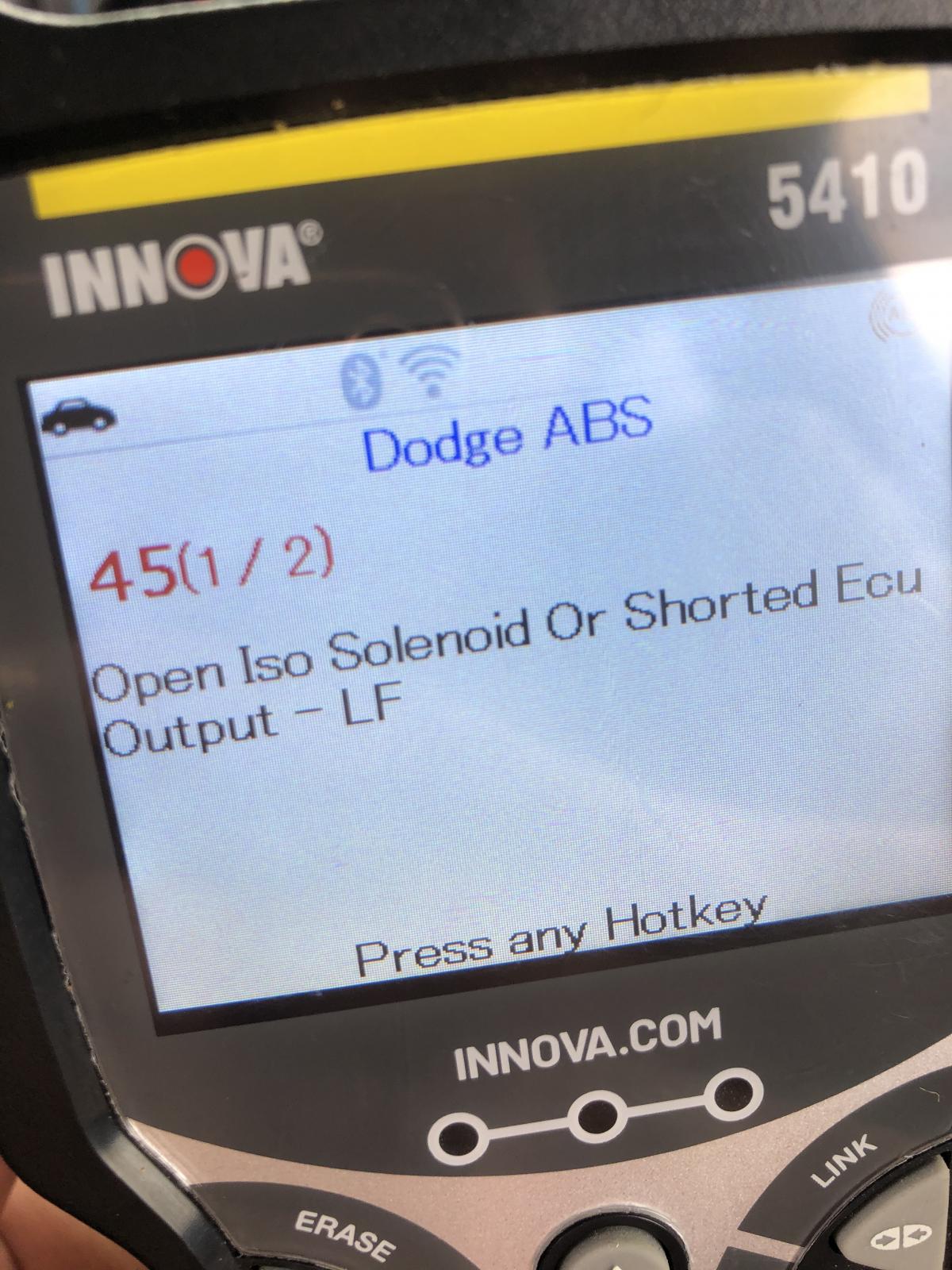
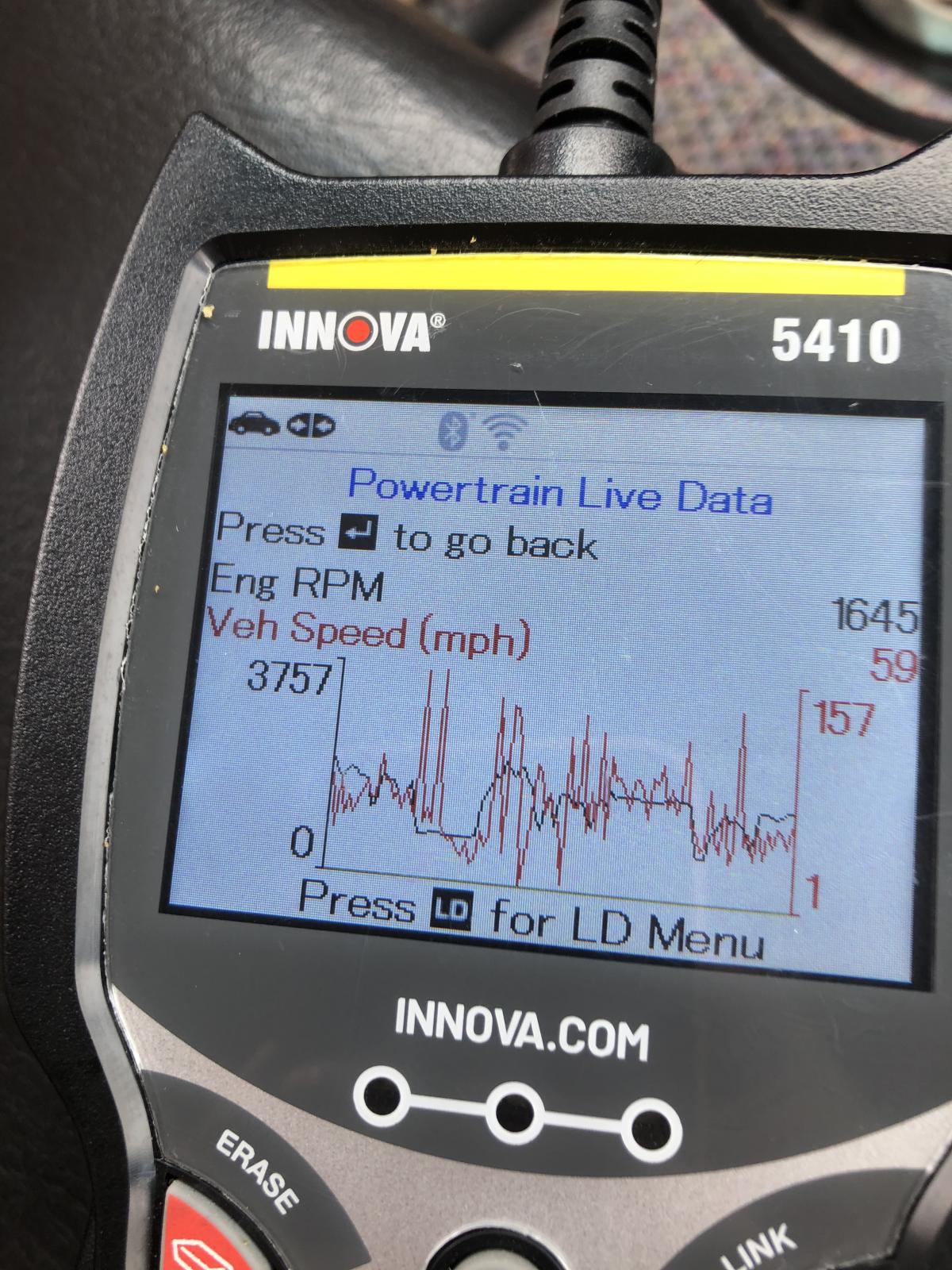
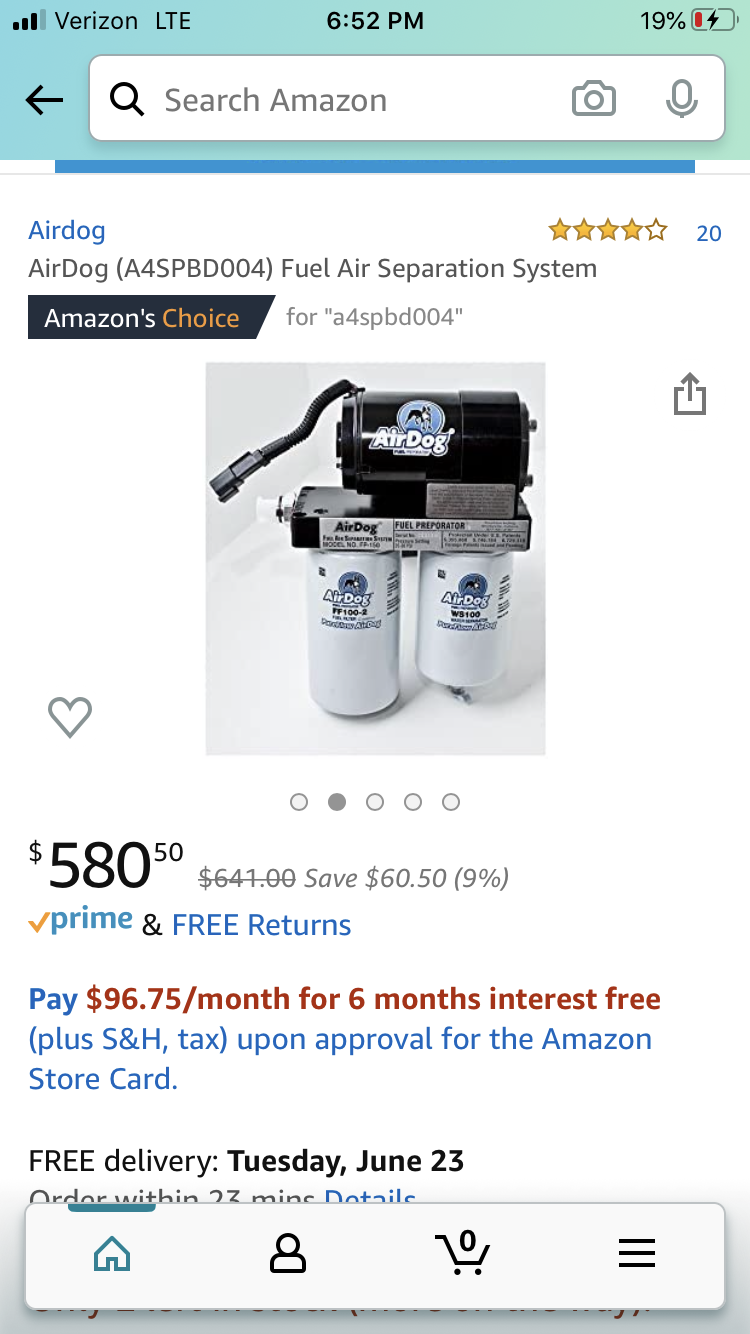
Like title says, I have about 4-5 psi at idle and 0 at WOT. I used a gauge that I connected at the VP44. Does this mean new lift pump? Injection pump?